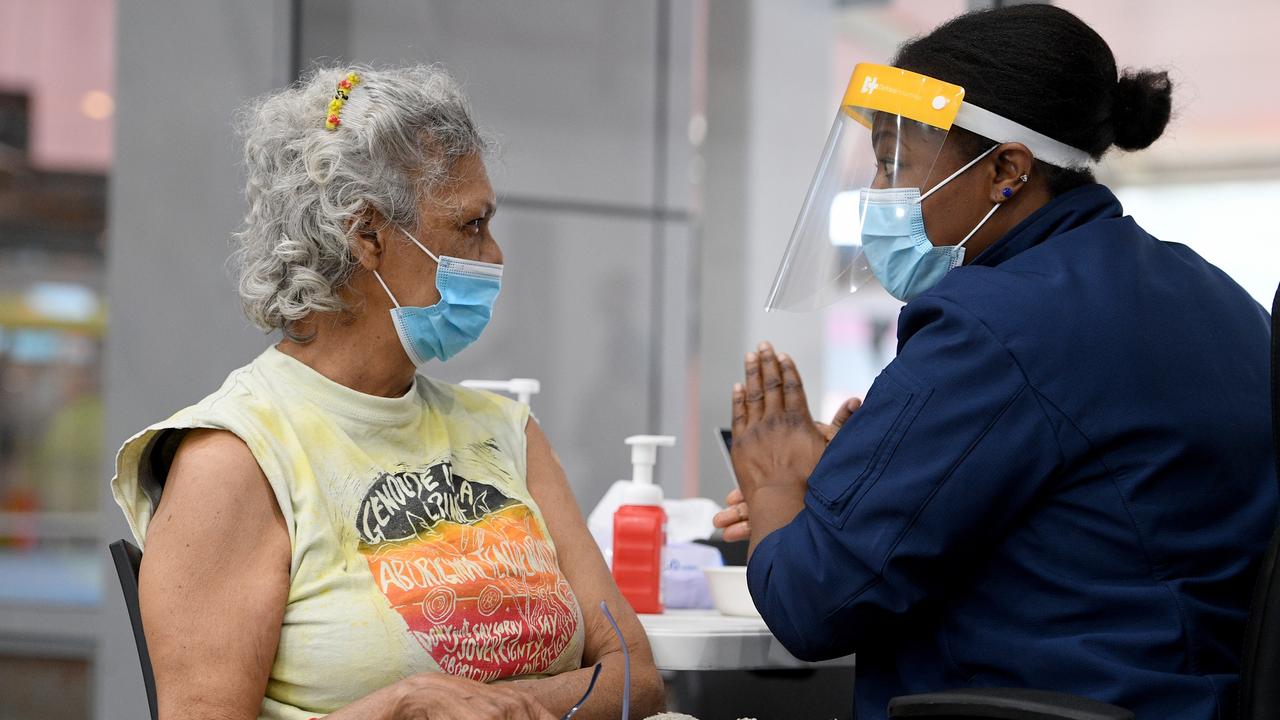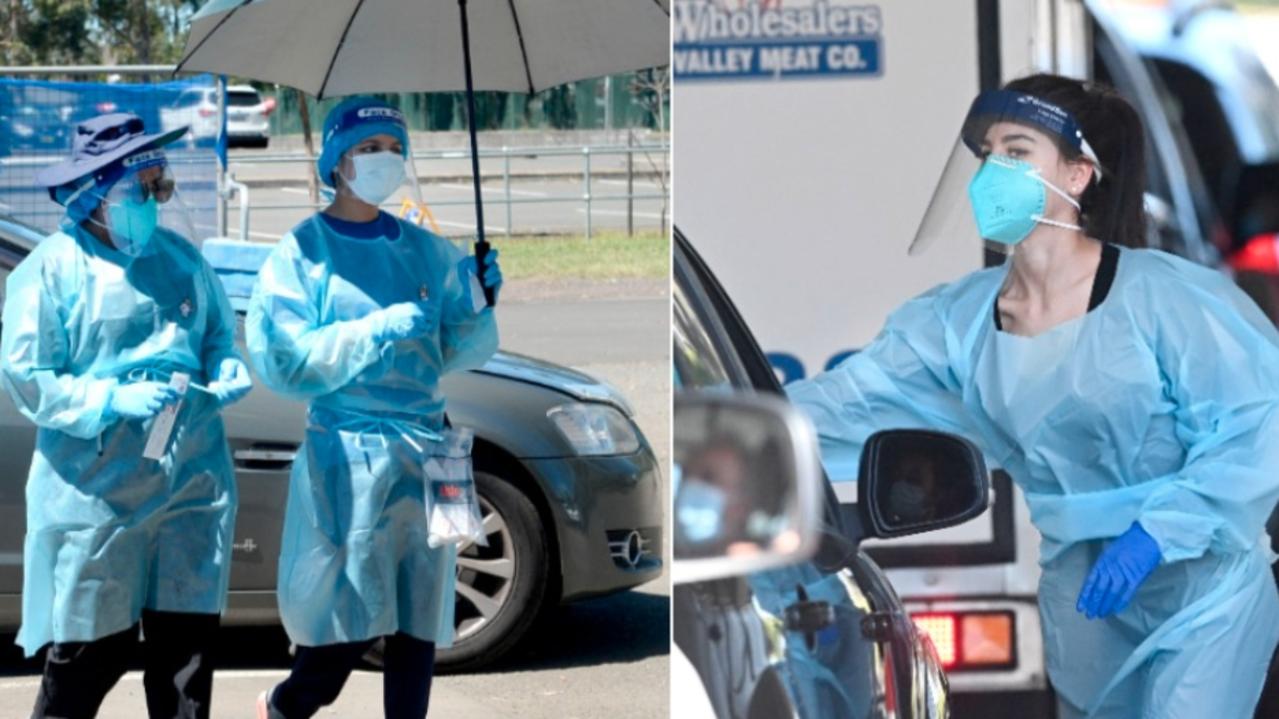Curl Curl’s Stewart House celebrates 85 years of giving children cherished experiences
STEWART HOUSE, a special home on Sydney’s northern beaches that has been providing an escape for children doing it across NSW since the Great Depression marks a major milestone this year.
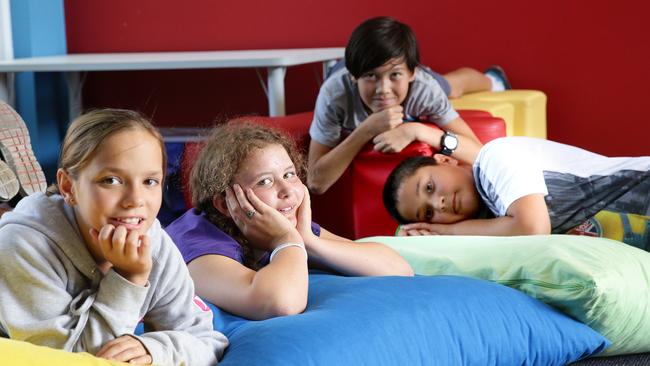
Nth Beaches
Don't miss out on the headlines from Nth Beaches. Followed categories will be added to My News.
- Horses regular visitors at Sydney cafe
- Wallaby star Michael Hooper springs into real estate
- Who do MKR champs think should win?
SOME children cry when they arrive for a fortnight’s stay at Stewart House in Curl Curl. They cry when they leave as well — but that’s for very different reasons.
The charitable home on Sydney’s northern beaches has provided a place to escape for public school children in need since the Great Depression.
The children come from all areas of NSW and the ACT and are provided with eye sight, dental and medical treatment as well as emotional support during their stay.
This is balanced with health and educational programs and out of school activities to boost their self-esteem and to promote a healthier lifestyle.
“When they arrive (they cry) because it’s a strange environment,” chief executive Graeme Philpotts said.
“When they’re leaving, it’s because they want to stay or they don’t want to leave the friends they’ve made.”
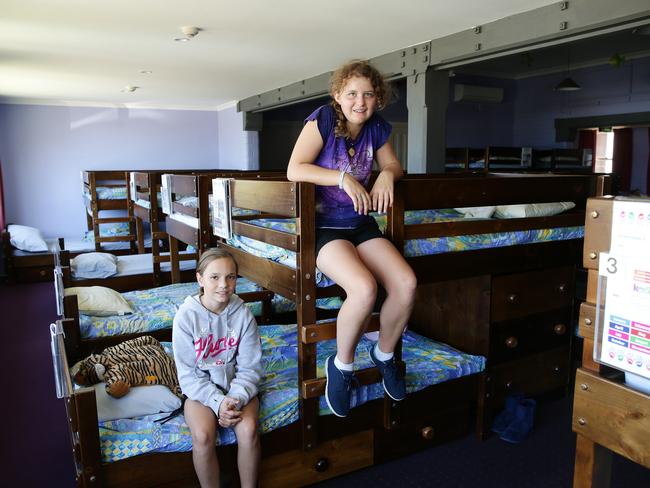
The much-loved charity on Carrington Pde is celebrating its 85th birthday this year. More than 200,000 public school children from all over NSW have stayed in its dormitories and woken to the sight and sound of crashing waves on Curl Curl beach.
Thirty years ago David Crowe was one of them.
When he was seven, an accident had changed his loved ones’ lives for ever.
“Our family ran the local swimming pool in Mudgee until the night Mum and Dad were in a car accident,” he said.
“The car hit an ice patch and slammed into a tree. It left Dad permanently disabled and Mum having to be his carer.”
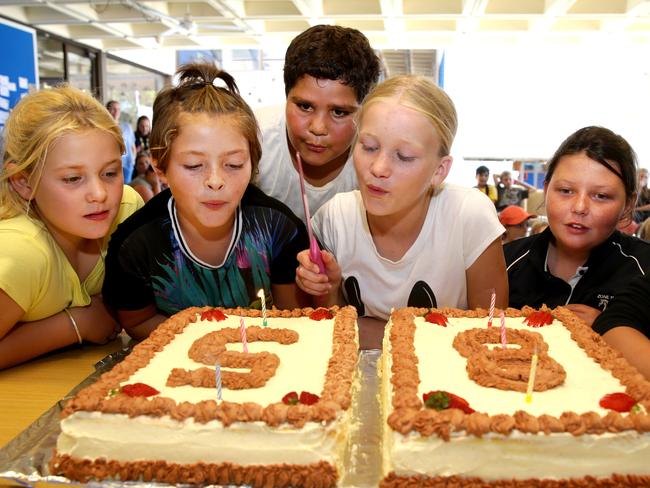
Mr Crowe was the youngest of seven children, so money was tight and opportunities were limited.
“That’s what Stewart House was for me — an opportunity to visit the city and be exposed to all sorts of wonderful events and activities,” he said.
“I still remember waking up and hearing the sea, which was a great sound for a kid from Mudgee.”
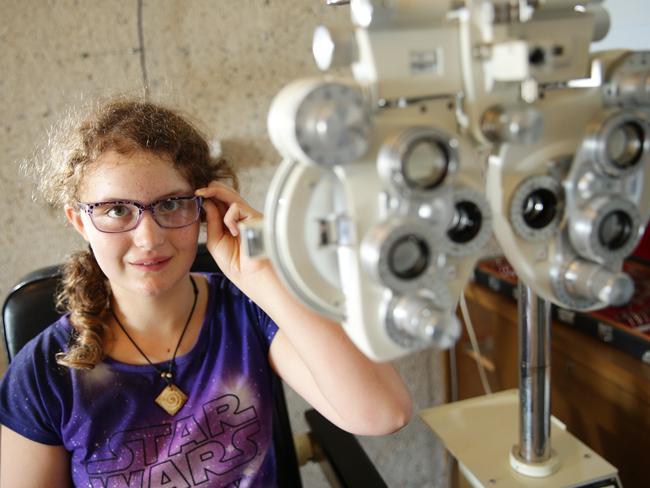
He is now a school principal at a public school in Singleton and has helped some of his own students go to Stewart House and reap the benefits of its health and education programs.
“It has made me realise how fortunate I was and what a great benefit Stewart House has for the 1800 kids who go along each year,” he said.
Nowadays, kids who may be doing it tough are nominated by their school principals to go for a break from their circumstances. But that wasn’t always the case.
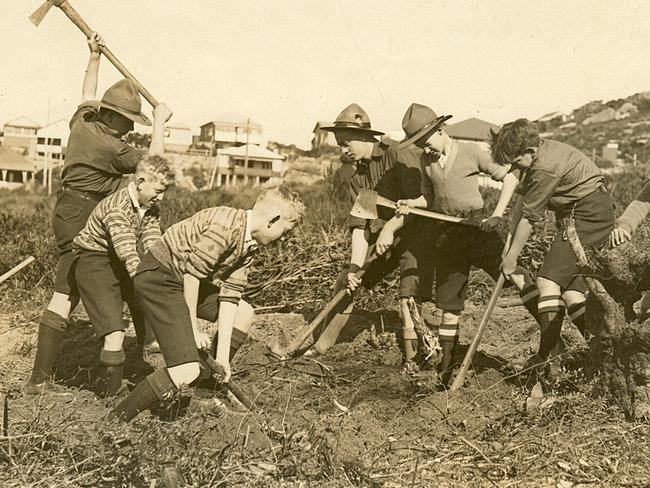
When Stewart House was opened in 1931 — during the Depression — it was known as a “preventorium” and was where sickly or malnourished children went for good food, sea air and exercise.
The children — some of whom were recovering from serious illnesses like tuberculosis or polio — stayed up to six months at a time.
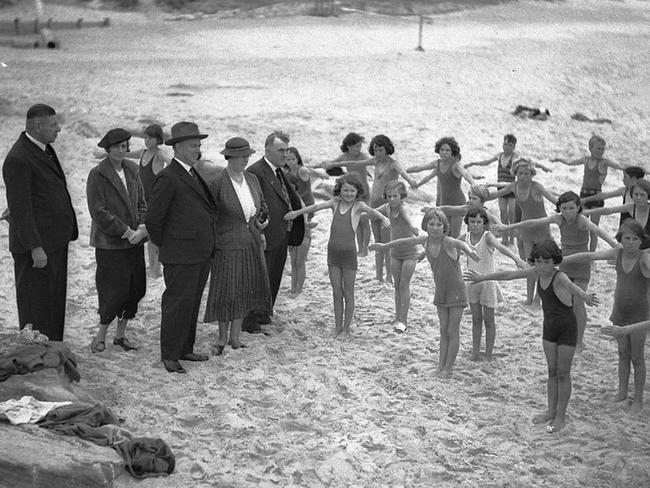
Records from the 1930s show that the young “inmates”, as they were then called, had to clean windows, weed the garden and carry coal for the stove.
The place must have been a godsend for Depression-era parents who couldn’t afford to put food on the table. A letter from a mother sent in 1932 thanked staff for giving her son the convalescence she could not. She even credits them with improving his brains!
“Will you please accept my sincere thanks for the wonderful holiday Ernie had at Stewart House,” she wrote. “All who see him remark how well he looks.
“When he was operated on, two years ago, his life was in danger for three days. He never seemed to be well and was rather dull at school but his teacher says this holiday has been the making of him.”
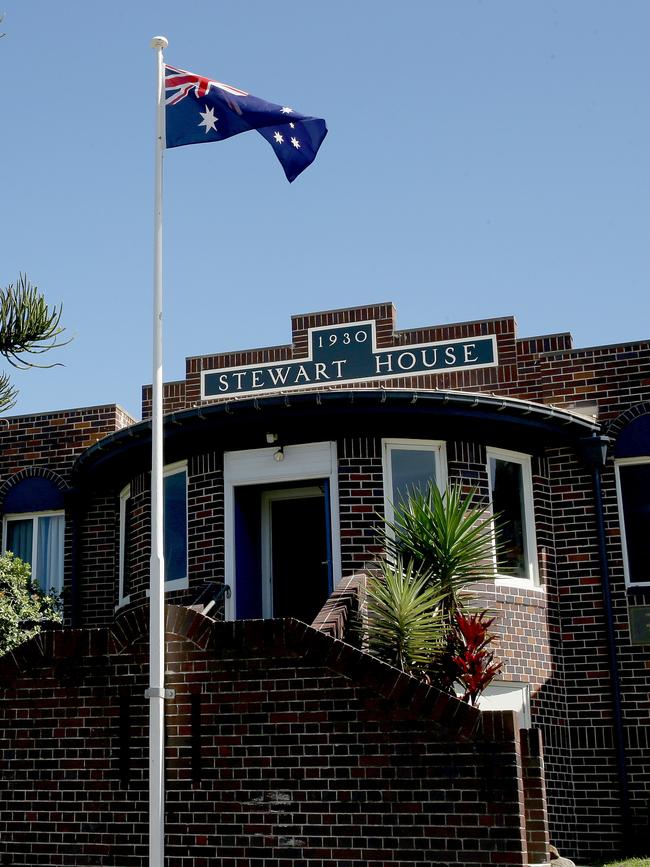
There’s still a big focus on health at Stewart House today.
Children receive free dental, eye and hearing treatments during their stay.
They also attend classes at the Stewart House school, which is funded by the Education Department.
But instead of “reading, writing and arithmetical”, the staff taught “life skills”, Mr Philpotts said.
“They are teaching the kids emotional regulation, they’re teaching the kids resilience, they’re enhancing the kids self-esteem,” he said.
The highlight of the stay for many is the excursions to Sydney attractions like Taronga Zoo, the Harbour Bridge and Olympic Park.
Living beside the beach for a fortnight is also a thrill.
“We’ve got kids who come from the country who’ve never seen the sea, ” Mr Philpotts said.
Paying for all this costs about $3.8 million each year.
More than $2 million of that comes from generous public school teachers and staff who opt to give $5 or more out of their salary each fortnight.
The rest comes from fundraising, corporate donations and grants.
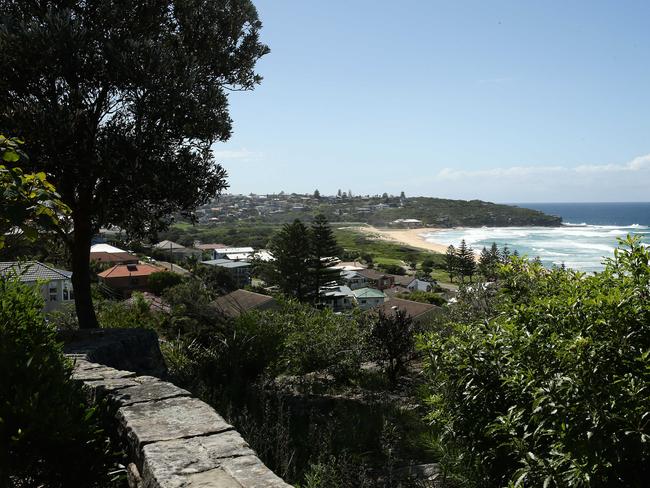
Some years it was more of a struggle to find the cash than others, Mr Philpotts said. “We ride the wave as every other charity does,” he said.
But he said it was vital for Stewart House to stay open so it could keep fulfilling its motto of “changing children’s lives since 1931”.
“People come knocking on the door of Stewart House and say, ‘can I see where I stayed because the time I spent here was life-changing. It showed me there were other people in the same circumstances I was ... and that there were engaged, caring adults in the world who could look after you’,” Mr Philpotts said.

